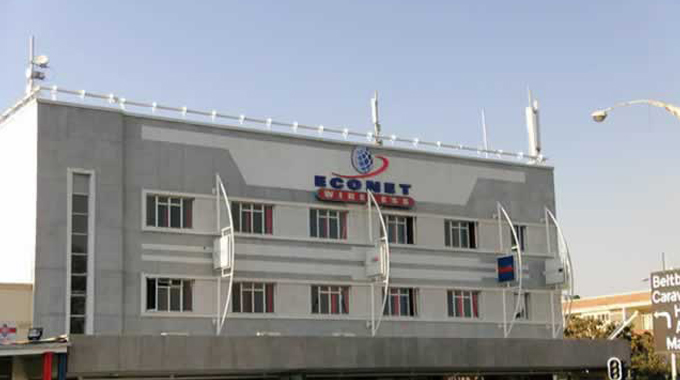Zamco absorbs $200m bad debt

Oliver Kazunga, Senior Business Reporter
THE Zimbabwe Asset Management Company (Zamco) has resolved nearly 20 percent of the $1,1 billion Non-Performing Loans that the asset management company took over from the banking sector.
In 2014, the Reserve Bank of Zimbabwe (RBZ) created Zamco to mop up NPLs after an insidious culture of dishonouring credit obligations took root, choking banking institutions from providing fresh loans to the market.
Against this background, Zamco has since 2015 been assuming mortgage bonds, non-insider loans and NPLs for companies in good stead to clean balance sheets of financial institutions.
In an interview last Friday, Zamco chief executive officer Dr Cosmas Kanhai said they have now reached the debt resolution stage for the NPLs they took over since inception.
“We are now looking at what is the best method to resolves those NPLs and where we see prospects of turnaround we do restructuring exercises through resolution methods like debt asset swap and debt-equity conversion.
“Our target is to ensure that every year up to 2025 (the period the debt resolution will be completed), we should solve at least 12 percent of the NPLs that we have taken over so that by that time (2025) we would have completed the mopping up exercise.
“We have resolved almost 20 percent of the NPLs that we have acquired. When I’m talking about the resolution of NPLs, I’m referring to those that if we are to close today, the loans will no longer be classified as NPLs because they would have been resolved by either being paid off completely or turned into another asset,” he said.
Dr Kanhai said a majority of the borrowers who have had their NPLs resolved have offered Zamco to auction their assets such as buildings to pay off the loans or else have made a decision that the asset management firm takes over the buildings and settle the outstanding loans.
“And we have almost $200 million that has been paid off so far. Going forward we are likely to see companies paying off their loans because most of them can’t generate sufficient cash flows to pay off their loans.”
He said his organisation was also accepting deals where borrowers sell their estate shares on the stock exchange as part of the debt resolution strategy.
Dr Kanhai said according to a last report from the Reserve Bank of Zimbabwe, after taking over the NPLs, Zamco as of September 30, 2018 has reduced the ratio to 6,22 percent from 20,14 percent when the asset management company was established.
“We are quite on course because the international benchmark is five percent, which means we have done quite very well remember it was around 20,14 percent when Zamco was set up.
“In terms of cleaning up the balance sheet for banks, we have largely achieved what we wanted to achieve to reduce NPLs ton acceptable levels though the ratio is still slightly higher than the five percent international benchmarking mark but in our view there is quite significant progress in terms of the mopping of NPLs in the banking sector,” he said.
“The NPLs that we have mopped up are for companies and individuals who are in business like farming.
“So that when we restructure, we’ll be restructuring the business so that it becomes productive looking at how best we can make it productive and ensure the proprietor pays the debt. Zamco mobilises Treasury Bills for banks to get liquidity and has been converting NPLs into performing loans via debt restructuring, among other strategies.”
After acquiring the NPLs, it restructures them to facilitate effective turnaround strategies taking into account that some firms had the loans advanced to them at interest rates ranging between 20 and 30 percent per annum. As part of the NPLs restructuring, Zamco also reduces the loans’ interest rates to between six and 10 percent per annum. — @okazunga.












Comments